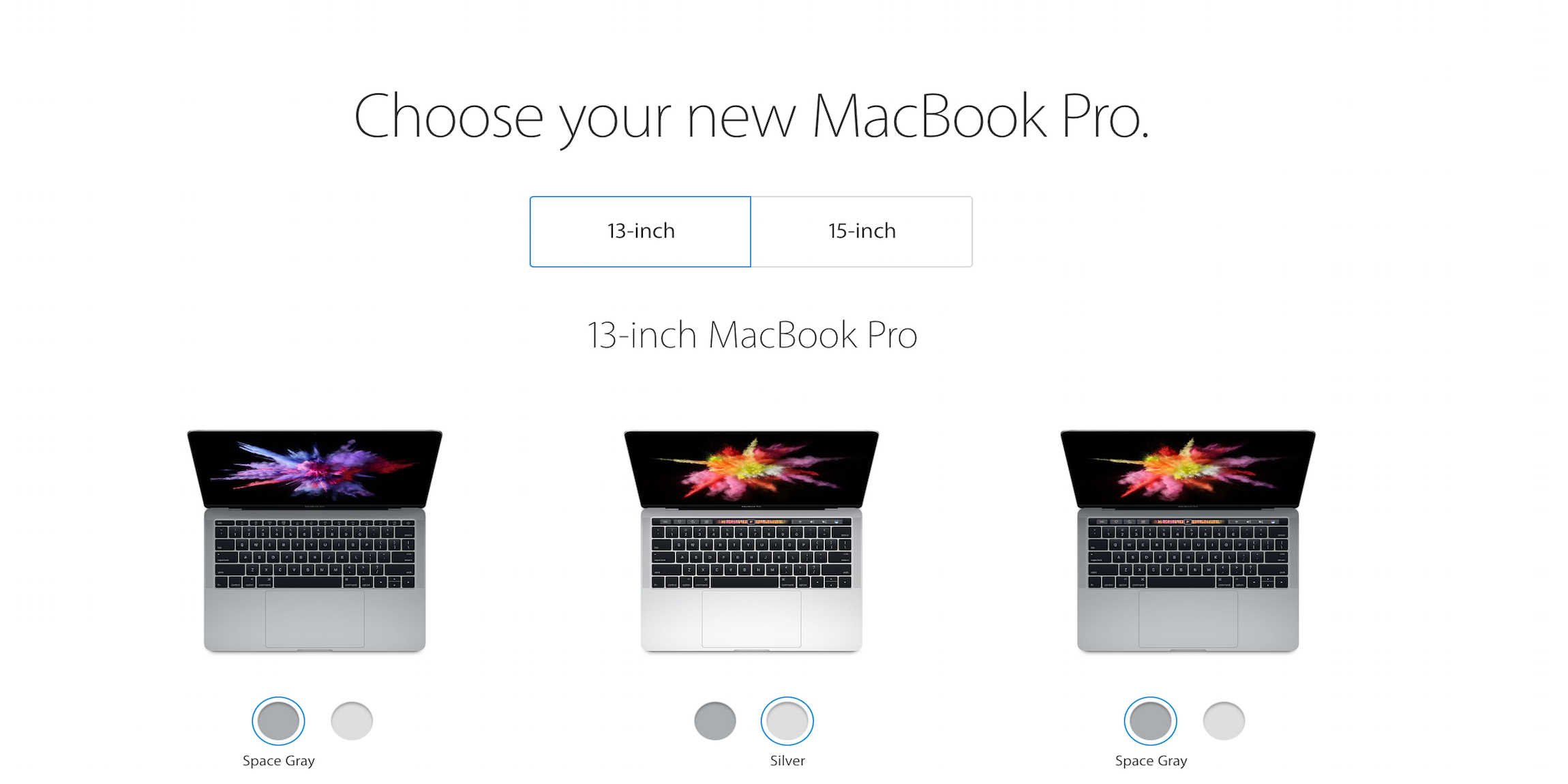
- #Parallel space for mac 13 mac os x#
- #Parallel space for mac 13 series#
- #Parallel space for mac 13 windows#
If you're in one of the other modes and want to return to the Single Window view, here's what you do:

#Parallel space for mac 13 windows#
The first time you launch Windows in Parallels, it displays in Single Window mode. You can also go back the other way, from Mac to Windows.
#Parallel space for mac 13 mac os x#
If you click and hold on a document in the Parallels window and drag it onto the Mac OS X desktop, a copy will be placed there. Single Window mode also lets you easily move documents between desktops and folders in the two operating systems. You can right-click or Command-click the device icons to change aspects of the VM's virtual hardware. In this mode, you have access to the control bar on the right side of the Parallels window, as well as device icons on the window's bottom right frame. Parallels' default view is to run Windows in a window ( FIGURE 4.9).įigure 4.9 In Single Window mode, Windows runs in a window on the Mac desktop. Now, let's take a detailed look at the three faces of Parallels. And if you're working in Full-Screen mode, you'll need to switch to either Coherence mode to access the functions through the menu bar, or to Single Window mode to access the buttons. If you're working in Coherence mode, you'll need menu bar access because the control bar isn't visible in this mode. The functions assigned to each of these buttons are also duplicated in the Parallels menu bar items. Restores the VM from the most recent snapshot. Takes a snapshot of the virtual machine in its current state.

Puts the VM in Coherence mode, so Windows applications float freely on the Mac desktop. Opens the virtual machine so that it completely fills the screen. Pauses the virtual machine, similar to putting a physical computer to sleep. Stops the virtual machine and shuts down Windows. These buttons control key functions for Parallels.įigure 4.8 The Parallels control bar runs down the right side of the Parallels window.įrom the top to the bottom, here's what each control bar button does: You'll also see them when Parallels is running, but no virtual machine is active.
#Parallel space for mac 13 series#
If you launch Parallels in Single Window mode, you'll notice a series of buttons, which Parallels calls the control bar, running down the right side of the window ( FIGURE 4.8). You won't see this interface in Full-Screen or Coherence mode. You'll be able to view and work within the Parallels interface in only two instances: when the Windows operating system is running in Single Window mode, and when you're managing and tweaking your virtual machine when it is not running. But before we get into the details, let's talk about the Parallels interface. The Windows taskbar is available for managing these programs, sitting just above the Dock.Įach view has its advantages, and you can switch between them quickly and easily. In this mode, Windows applications float freely on the Mac desktop, almost as though they are Macintosh applications. It appears as though Windows is the only operating system on your Mac. With this view, Windows fills the entire screen-there are no Mac OS X elements visible anywhere. This gives you access to two operating system desktops at the same time, making it particularly easy to drag files between them.

In this mode, Windows runs within a window on the Mac desktop. Once you were blind, now you can see.Learn More Buy The Three Faces of ParallelsĪs mentioned briefly in Chapter 1, virtual machines in Parallels Desktop for Mac can be run in three ways. Lifted off his downtempo 1999 solo CD The Blue Hour, Harmonic Eye is a certified warehouse burner of alarming alien bleep and widescreen trance.

Running parallel to FSOM in Sydney, Rantzen united the masses with Paul Mac as Itch-E + Scratch-E, producing crystalline rave, cheeky breakbeat and techno resistance. 1993 to eternity.Īndy Rantzen’s Harmonic Eye speaks a similar vocabulary. Track 6’s sinister bassline and mind obliterating stabs continued to travel as a staple of Sven Väth and John Wink’s record bags. The combination of Josh Abrahams, Davide Carbone and Steve Robbins, the trio slipped a DAT to Belgian touring artist Frank De Wulf who signed them for their first international release on Two Thumbs. A renegade rave at the state lines with dual headliners FSOM and Andy Rantzen.Īrchitects of the Future Sound of Melbourne, FSOM reigned as their city’s scene evolved from underground clubs to vast waterfront wonderlands, alternating between playing studio tracks off cassette and jamming live.


 0 kommentar(er)
0 kommentar(er)
